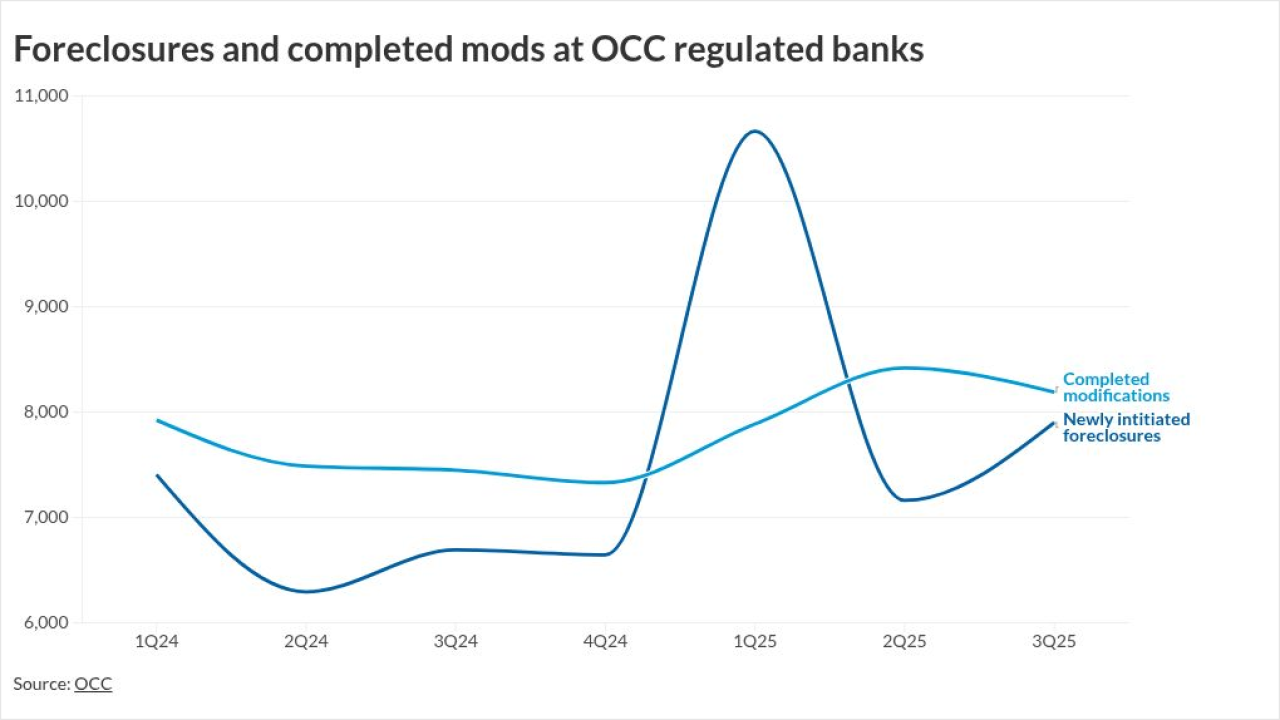
What many have overlooked in evaluating the impact of affiliate compensation on the qualified mortgage rule points and fees calculation is that the definition of an affiliate is slightly different for QM laws than is used in determining the need for an affiliated business disclosure. An affiliate under the QM law relies upon the definition of “control” contained in Bank Holding Company Act of 1956. That definition considers an entity as an affiliate if the creditor (1) directly or indirectly controls 25% of the stock; (2) in any manner controls the election of a majority of the directors or trustees; or (3) it is determined that lender directly or indirectly exercises a controlling influence over the management or policies of the bank or company.
As compared to the affiliate definition utilized to determining whether an affiliated business disclosure is necessary, this definition is both broader and narrower. It is broader in that it theoretically allows for a larger level of ownership (less than 25%) without triggering affiliate status for purposes of the QM cap on points and fees calculation. On the other hand, it allows for an entity with literally no shared ownership with the creditor to be considered an affiliate if it could be found that the creditor exercised controlling influence over management.
For creditors looking to deal with the impact of affiliate relationships on the





